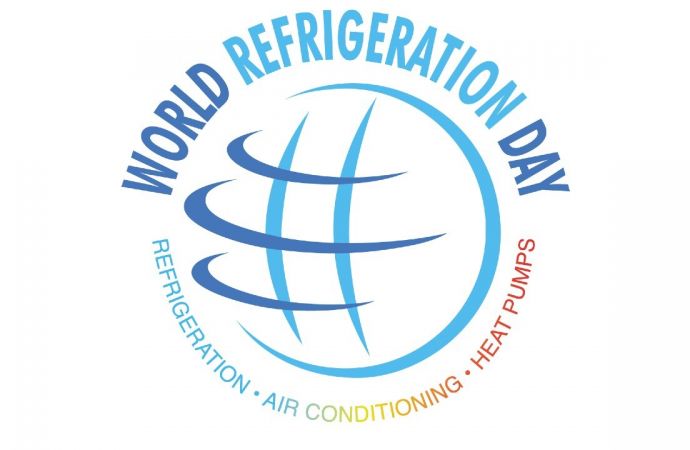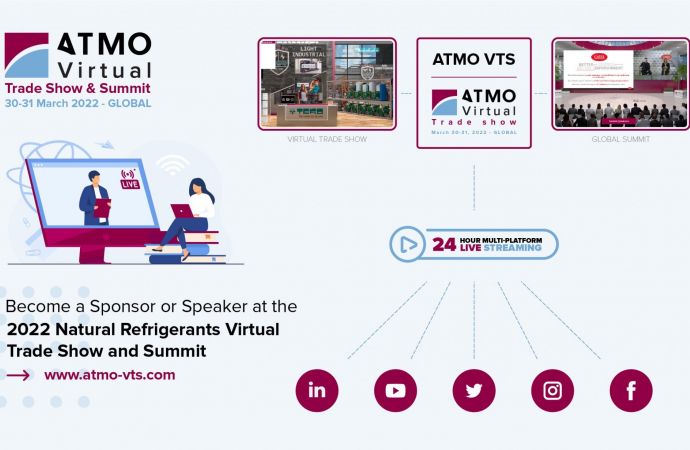Winning projects in Asia, Africa, and Latin America will receive marketing support and exposure; June 30 deadline.

Entries close 30 June.
Switzerland-based Basel Agency for Sustainable Energy (BASE) announced the launch of a global prize competition to recognize outstanding providers of refrigeration and air-conditioning equipment financed by the cooling-as-a-service (CaaS) business model in developing countries.
BASE is seeking entries from manufacturers who have installed cooling systems under a CaaS arrangement, whereby the equipment provider owns, maintains and operates the cooling infrastructure, and the cooling service is sold per unit of cooling, or with a similar price structure.
The CaaS prize is open for projects implemented in Latin America, Africa, and Asia. Organisation for Economic Co-operation and Development (OECD) countries are excluded, except Chile, Colombia, and Mexico.
The deadline for entries is June 30. Entries can be submitted via this online form.
BASE, along with the Kigali Cooling Efficiency Program (K-CEP), manages the CaaS Initiative, which has been working on contracts, pricing models marketing material and events to support the implementation of CaaS projects. The initiative is supporting projects in Asia, Africa, and Latin America. shecco, publisher of this website, is a supporting partner of Cooling as a Service Initiative.
By providing an alternative to upfront payment models, CaaS is designed to overcome key market and financial barriers and accelerate the adoption of energy-efficient cooling technologies and the use of climate-friendly refrigerant gases.
Funding for marketing material
The CaaS prize competition is designed to give exposure to manufacturers employing the CaaS business model. To that end, winners, as well as qualified participants, will receive funding to develop marketing material to showcase projects on the CaaS Initiative’s website and throughout its virtual channels.
All CaaS project entries that meet the competition’s qualifications will be featured on the website’s "case studies" page.
The projects selected in the top three positions will be invited to showcase their projects in a variety of CaaS events (including a webinar and a global eSummit).
In addition, for the first-place winner, BASE will finance the production of a high definition video about the project, which will be streamed in its virtual networks.
“During the implementation of the CaaS Initiative, BASE has identified a few individual efforts for implementing servitization schemes in the cooling industry,” noted Thomas Motmans, Sustainable Energy Finance Specialist at BASE. “We want those efforts, and many others still unknown to the CaaS Initiative, to be known by everyone. To achieve this, we are launching the CaaS prize.”
BASE calls on all companies that would like to showcase their cooling industry servitization projects to enter the competition.
Qualified participants must present concrete projects that have been completed or under an advanced degree of implementation. The projects can be implemented in any sector (commercial, cold storage, healthcare, tourism, etc.). District cooling projects are not eligible for the CaaS prize, as the initiative focuses on cooling provided as a service to individual end users. CaaS projects within building complexes, such as for universities, hospitals, hotels, airports, etc, are eligible.
To qualify for the contest, projects must reflect the key features of a CaaS project, namely:
- The solution provider owns, maintains and operates the cooling infrastructure
- The cooling service is sold per unit of cooling, or with a similar price structure.
- Ownership of the equipment is not transferred to the client.
- The projects entail a service contract rather than a lease. It is accounted for as an off-balance-sheet rather than an on-balance-sheet expenditure for the user.
- The costs of relevant utility bills (e.g. electricity, water) are paid by the solution provider, who therefore has an incentive to optimize efficiency.
- Users can exit the contract before it ends, without having to pay the full cost of the equipment.
- The technology used must be energy efficient and generate savings.
- The technology must use low Global Warming Potential (GWP) refrigerants or natural refrigerants.
Related stories



